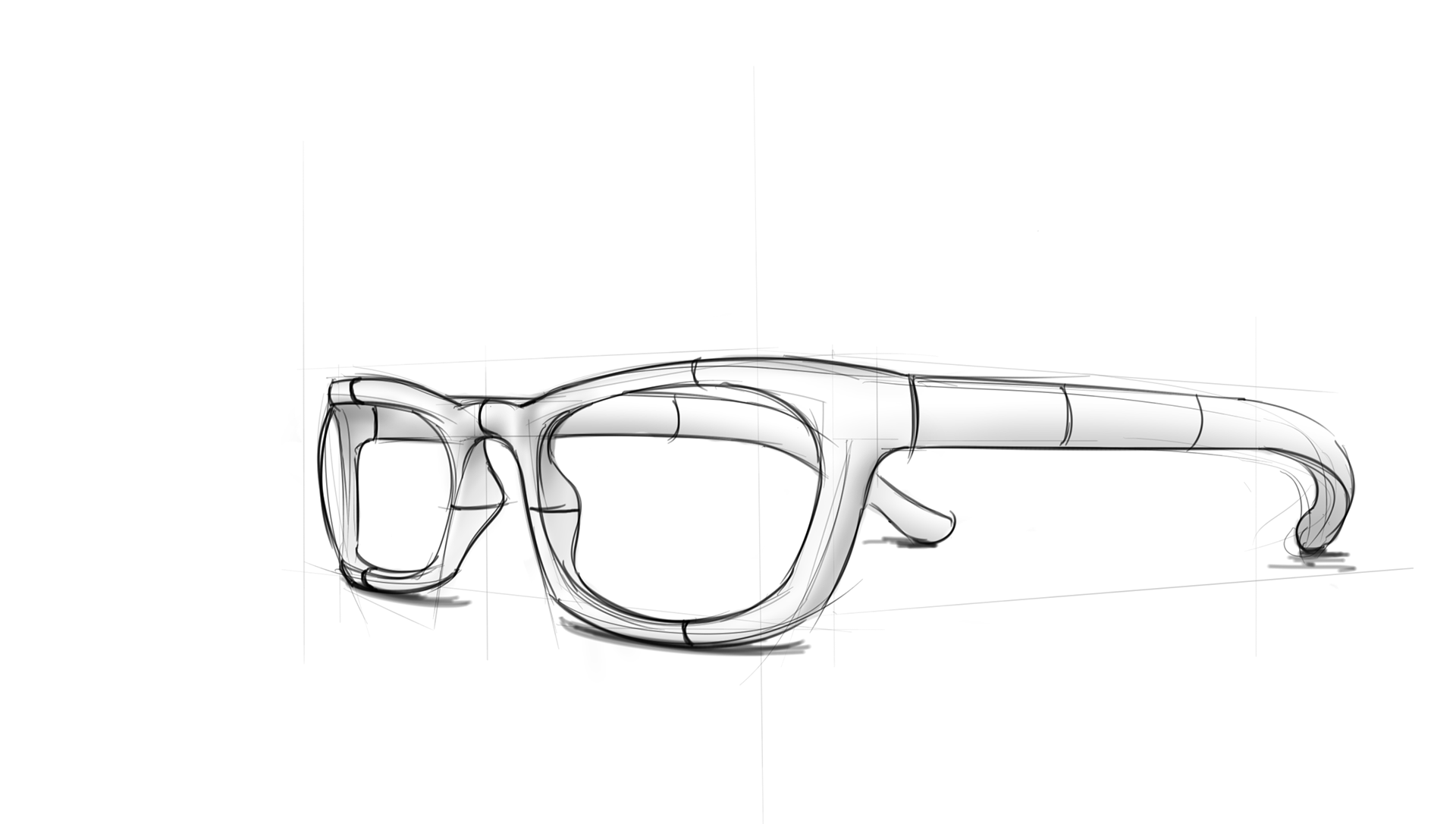When we first started blogging about 3D printing back in 2011, 3D printing wasn’t ready to be used as a production method for larger volumes. Nowadays there are numerous examples of end-use consumer products with 3D printed parts in it.

Adidas’ 4D range has a fully 3D printed midsole and is being printed in large volumes. In 2018 they’ve printed 100,000 midsoles and expect to print even more in 2019.The total market of 3D printed footwear is forecasted to reach $5.9 billion by 2029.
Eyewear

The market of 3D printed is forecasted to reach $3.4 billion by 2028. A rapidly increasing section is that of end-use frames. 3D printing is a particularly suitable production method for eyewear frames because the measurements of an individual are easy to process in the end product.
But did you know it’s also possible to 3D print lenses? Traditional glass lenses don’t start out thin and light; they’re cut from a much larger block of material called a blank, about 80% of which goes to waste. When we consider how many people wear glasses and how often they need to get a new pair, 80% of those numbers is a lot of waste. On top of that, labs have to keep huge inventories of blanks to meet the custom vision needs of their clients. Finally, however, 3D printing technology has advanced enough to provide high-quality, custom ophthalmic lenses, doing away with the waste and inventory costs of the past. The Luxexcel VisionEngine 3D printer uses a UV-curable acrylate monomer to print two pairs of lenses per hour that require no polishing or post-processing of any kind. The focal areas can also be completely customized so that a certain area of the lens can provide better clarity at a distance while a different area of the lens provides better vision up close.
Jewelry
There are two ways of creating jewelry via 3D printing. Directly print an object via Metal Powder Bed Fusion or you can print a tool (cast or mold) to create the end product via casting.

No comments:
Post a Comment